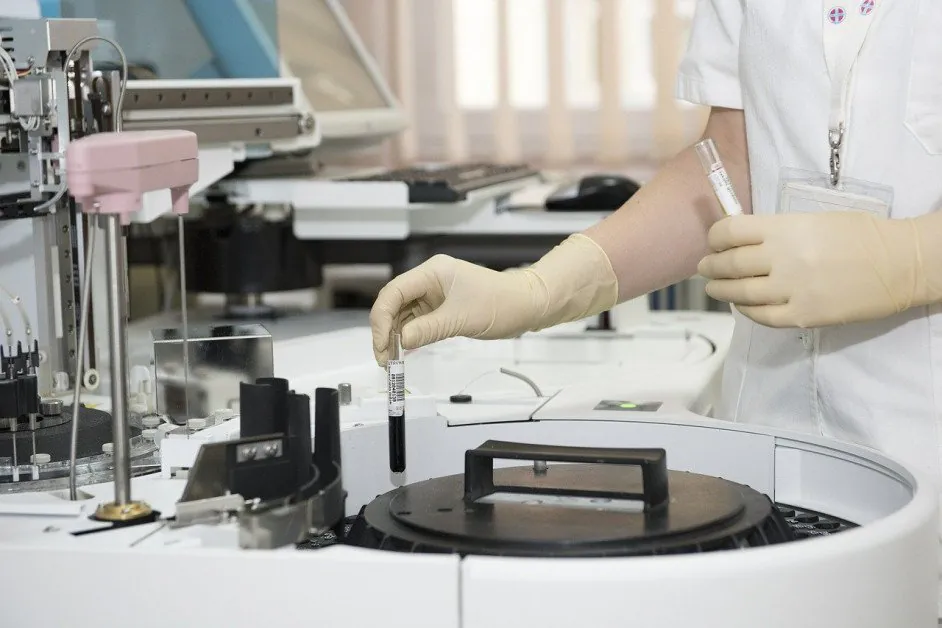Artificial Intelligence
New Machine Learning Approach Could Accelerate Drug Design

A new approach to machine learning developed by a team of researchers at the University of Cambridge could accelerate the search for new disease treatments. The approach “learns how to learn” and outperforms current machine learning methods for drug design.
The new research was published in the Proceedings of the National Academy of Sciences.
Termed transformational machine learning (TML), the approach was developed by researchers from the UK, Sweden, India, and Netherlands.
TML vs. Traditional ML
The TML method improves performance while it learns and can learn from multiple problems. It could also accelerate the identification and production of new drugs by improving the machine learning systems that are used to identify them.
Current machine learning (ML) models often use labelled examples, which are usually represented in the computer through intrinsic features like the color or shape of an object. This enables the computer to form general rules that relate the features to the labels.
Professor Ross King is from Cambridge’s Department of Chemical Engineering and Biotechnology, and he led the research.
“It’s sort of like teaching a child to identify different animals: this is a rabbit, this is a donkey and so on,” said King. “If you teach a machine learning algorithm what a rabbit looks like, it will be able to tell whether an animal is or isn't a rabbit. This is the way that most machine learning works — it deals with problems one at a time.”
Human learning works differently. We get better at learning due to our previous learning experiences. We don’t deal with a single problem at a time.
King is also a Fellow at The Alan Turing Institute.
“To develop TML, we applied this approach to machine learning, and developed a system that learns information from previous problems it has encountered in order to better learn new problems,” said King. “Where a typical ML system has to start from scratch when learning to identify a new type of animal — say a kitten — TML can use the similarity to existing animals: kittens are cute like rabbits, but don't have long ears like rabbits and donkeys. This makes TML a much more powerful approach to machine learning.”
Testing the Method
The researchers tested the method and proved its effectiveness on thousands of problems that were pulled from science and engineering. According to the team, it is especially promising in the area of drug discovery, as it can speed up the process by checking what other machine learning models say about certain molecules.
While typical machine learning models search for drug molecules of a specific shape, the new TML approach uses the connection of the drugs to other drug discovery problems.
“I was surprised how well it works — better than anything else we know for drug design,” said King. “It's better at choosing drugs than humans are — and without the best science, we won't get the best results.











